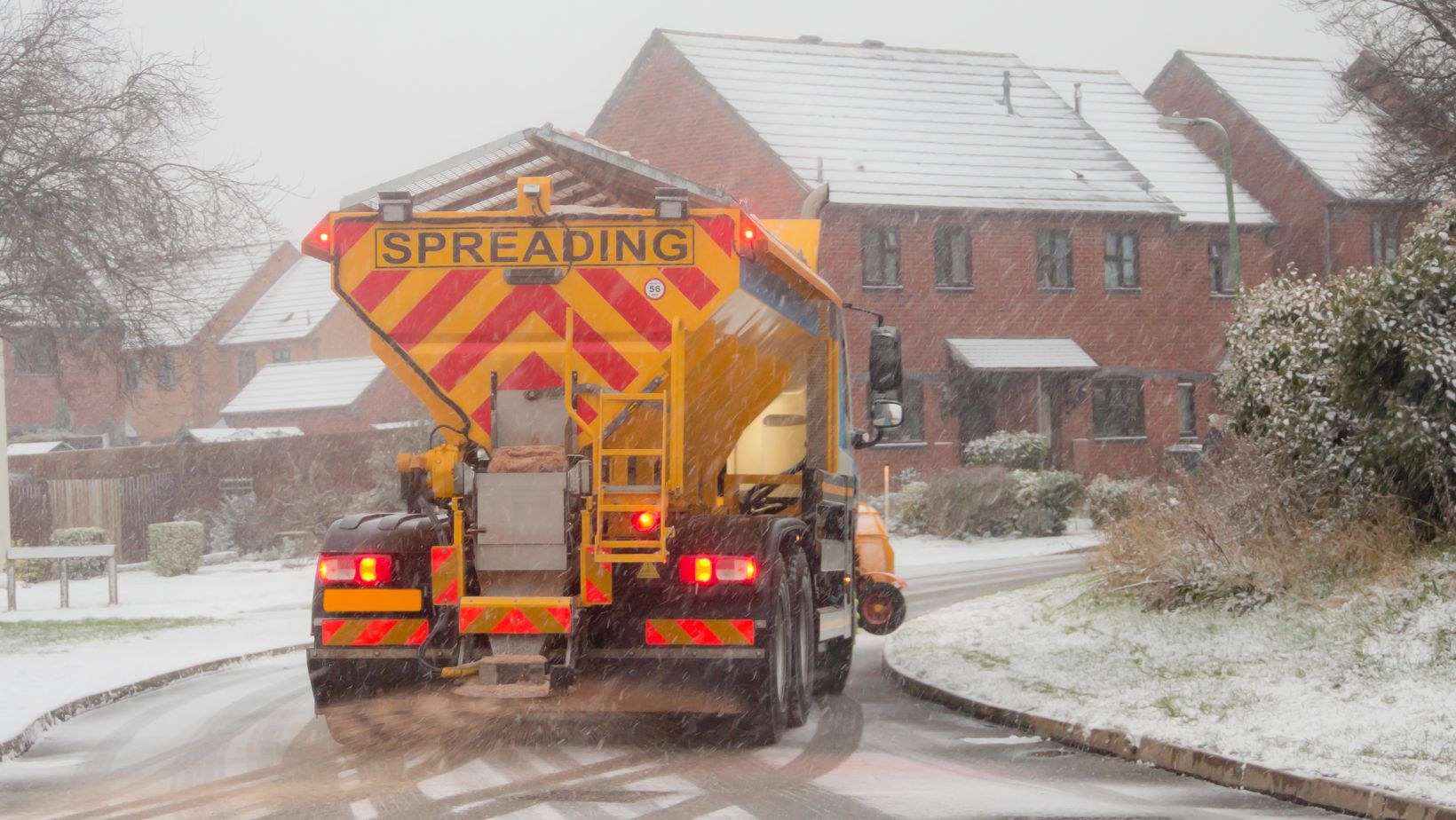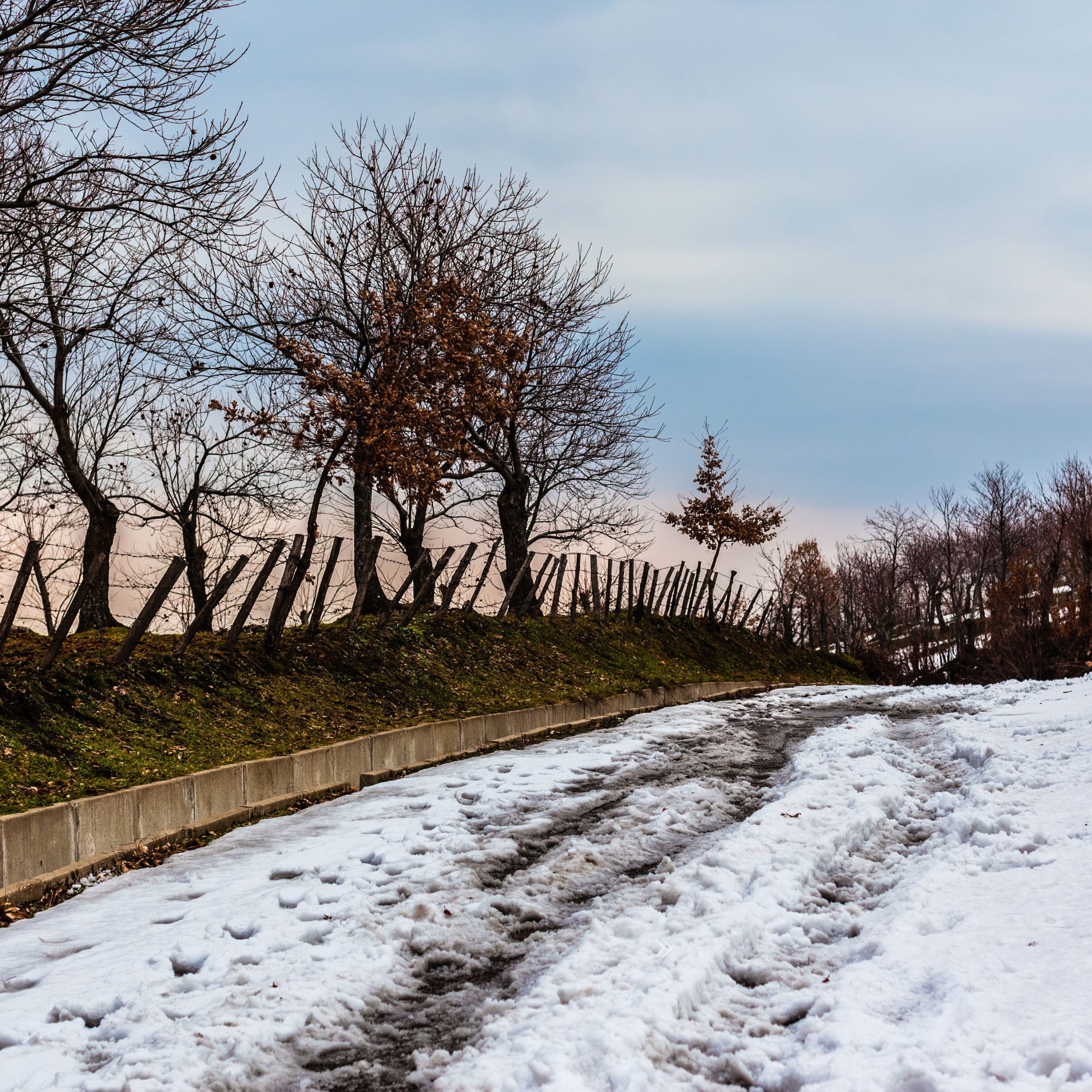The myths related to gritting in the context of icy conditions (and not your determination levels!)
More salt is always better
Myth: Some people believe that using excessive amounts of salt will be more effective in melting ice. However, there’s an optimal amount of salt, and using too much can be harmful to the environment and infrastructure.
Salt works instantaneously
Myth: While salt is effective in melting ice, it doesn’t work instantaneously. It takes time for the salt to penetrate the ice and create a brine that lowers the freezing point.
Sand and salt are interchangeable
Myth: Sand and salt serve different purposes. Salt lowers the freezing point of water, while sand provides traction. Using one when the other is needed may not be as effective in promoting safety.
Salt doesn’t have environmental impact
Myth: While salt is commonly used for de-icing, it can have negative environmental effects, such as contaminating soil and water. It’s important to use de-icing agents responsibly and explore eco-friendly alternatives.
Gritting is only necessary on roads
Myth: Gritting is not limited to roads. Pavements, driveways, and other pedestrian areas such as car parks or commercial buildings can also benefit from de-icing to prevent slips and falls.
All de-icers work equally well
Myth: Different de-icing materials have varying effectiveness at different temperatures. It’s important to choose the right de-icer for the specific conditions.
De-icing isn’t necessary before a storm
Myth: Some believe that applying de-icing agents is only necessary after snow and ice have accumulated. Pre-treating surfaces before a winter snap can make it easier to remove snow and ice later, preventing bonding to the pavement.
Let’s expand on this (it’s an important point!)
Gritting, or applying salt or other de-icing materials to roads, pavements and commercial parking areas, is done before the ice comes for several reasons, here’s 6 reasons to get you started.
1. Prevent ice formation
Gritting helps prevent the formation of ice on surfaces. When salt is applied before the onset of freezing conditions, it creates a barrier that makes it more difficult for ice to bond to the pavement, reducing the likelihood of ice formation.
2. Early activation
De-icing materials work most effectively when applied before the ice forms. By applying grit in advance, you activate the melting properties of the material, and it can start working immediately when freezing conditions begin.
3. Enhanced safety
Pre-treatment with grit reduces the risk of slippery surfaces, enhancing safety for pedestrians and drivers. It provides better traction and minimises the chances of accidents caused by icy conditions.
4. Ease of snow removal
Gritting can also make snow removal more efficient. When roads and walkways are treated before snowfall, it becomes easier to plow or shovel away the snow, as the ice underneath has been disrupted and is less likely to bond strongly to the surface.
5. Cost-effective
Applying grit before the ice comes is often more cost-effective than waiting until after ice has formed. It requires less material to prevent ice formation than it does to melt existing ice, and it helps save on labor and equipment costs associated with snow and ice removal.
6. Environmental considerations
Using de-icing materials proactively can be more environmentally friendly. Applying smaller amounts of salt or other de-icing agents early on may be less harmful to the environment compared to larger amounts used during and after a snow or ice event.
In summary, gritting before the ice comes is a proactive measure to prevent the formation of ice, enhance safety, and make subsequent snow and ice removal efforts more effective and economical.
Understanding the proper use of de-icing materials and dispelling these gritting myths can contribute to safer conditions in icy and snowy weather. It’s crucial to balance the need for safety with environmental considerations and responsible use of resources.






